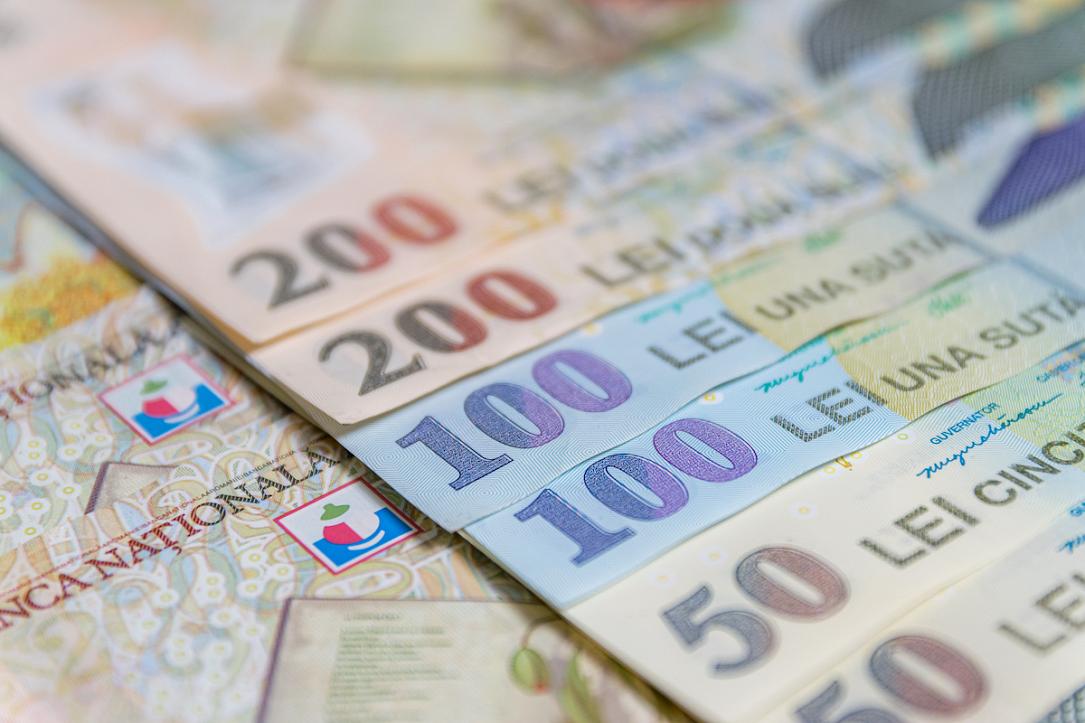Romania's long-term debt financing cost nears 8%

Romania's Ministry of Finance issued on Monday 10-year bonds at an average yield of 7.92% (the coupon attached was 6.7%), a record level for the country's long-term financing cost, according to data from the National Bank of Romania.
Specifically, the cost is 1.43pp higher than the previous opening of the same bond exactly one year earlier.
The GDP deflator is expected by the Government's forecasting body CNP at 9.2% this year, to decline significantly to 5.3% in 2023 and under 3% by 2025. In this context, the financing cost of 6.99% for the 43-month maturity and 6.93% for the 63-month maturity can be regarded as high, as well.
"The countries that entered these intertwined crises (Covid and geopolitics) with unsustainable twin deficits and implicitly relatively higher financing needs are more affected by the turbulence in global markets," Ciprian Dascalu, chief economist of BCR, explained for Economedia.ro.
Dascalu claims that the proximity to the conflict zone has exacerbated in Romania the more general increase in the borrowing costs in the Central and Eastern European region.
On the upside, the auction organised by BNR for Treasury's 10-year bonds on May 10 was heavily oversubscribed, with the banks placing orders for RON 651 mln - more than twice the RON 300 mln target volume - and being eventually allotted RON 517 mln bonds.
iulian@romania-insider.com
(Photo source: Ungureanu Vadim/Dreamstime.com)













